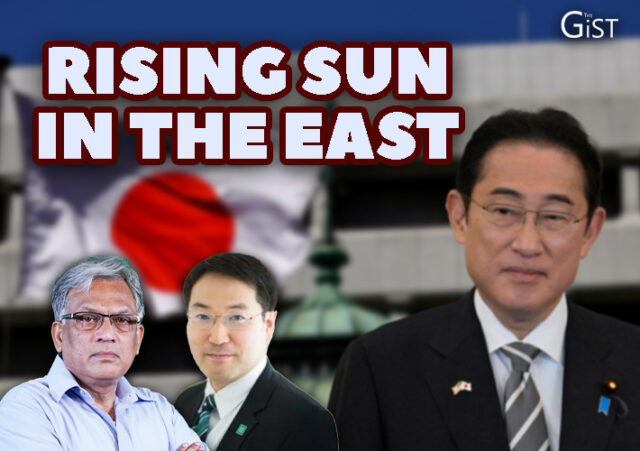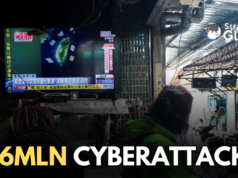Japan is now a security provider in East Asia, a historic development given the traditional suspicion with which it has been viewed in the region. This flows from the three-way summit of the US, Japan and the Philippines at the White House recently.
In this interview on The Gist, Dr Satoru Nagao, non-resident scholar at the Hudson Institute and a specialist on the India-Japan security relationship, points to a new headquarters in Tokyo that will ensure seamless integration between the Japanese military high command and the US. The US has designated a four-star general who will be based in the Japanese capital and is on par with the commanders of Central and Indo-Pacific Commands.
China’s ambitions of controlling the East and South China Seas in the event it decides to invade Taiwan, now have an obstacle before them. While the Chinese Navy’s fleet expansion is rapid, it remains an untried and untested force. Now it not only has the US Navy to contend with, the Japanese Navy is also expanding, building new ships and submarines, and modernizing its air force.
Japan is aware of the widening gap between its military and that of China’s. The former’s navy numbers 150 ships of all kinds whereas the Chinese have deployed 370 vessels, which could rise to 400 by next year. They are also gaining experience operating in distant waters. But China has avoided any situation that could precipitate a conflict with the US, preferring to act by stealth, occupying territory when the world is distracted by other developments.
Its history of occupying islands in the South China Sea is testimony that China would prefer such stealth actions. It tries to take advantage of any power vacuum. It’s also easier to intimidate and bully smaller countries that are its neighbours in the South China Sea,
Thirty eight years in journalism, widely travelled, history buff with a preference for Old Monk Rum. Current interest/focus spans China, Technology and Trade. Recent reads: Steven Colls Directorate S and Alexander Frater's Chasing the Monsoon. Netflix/Prime video junkie. Loves animal videos on Facebook. Reluctant tweeter.





